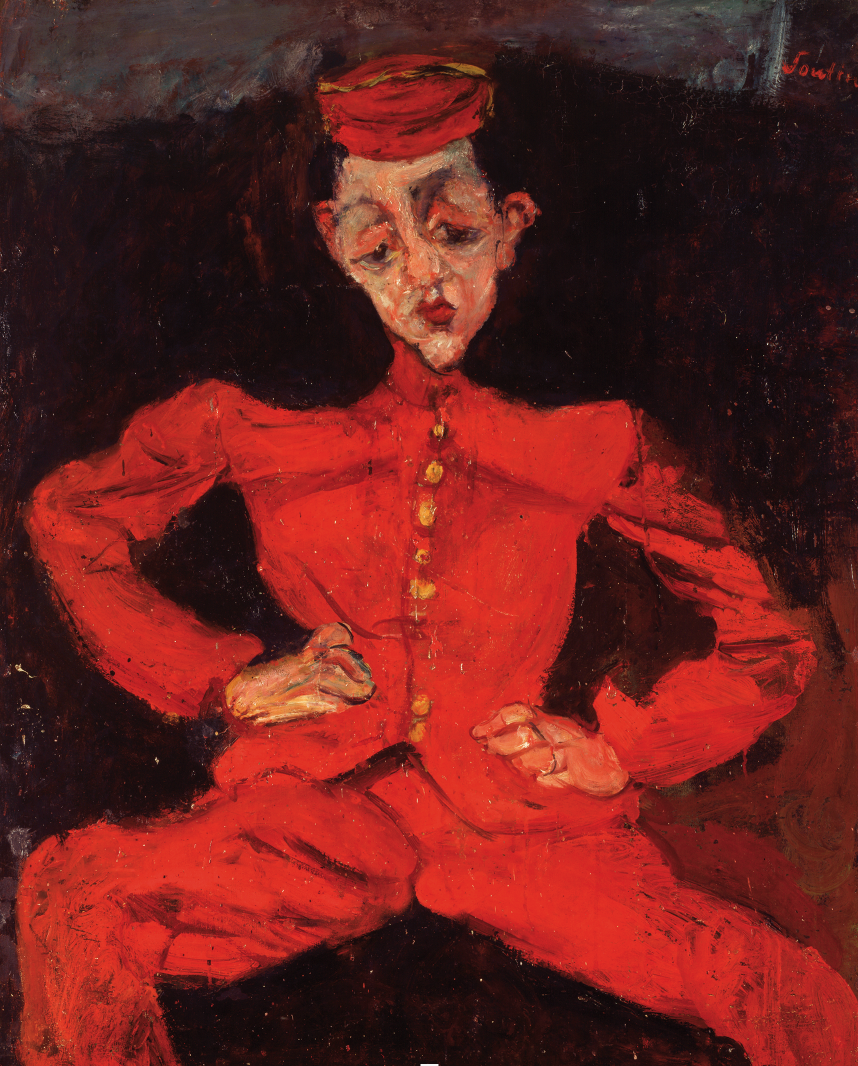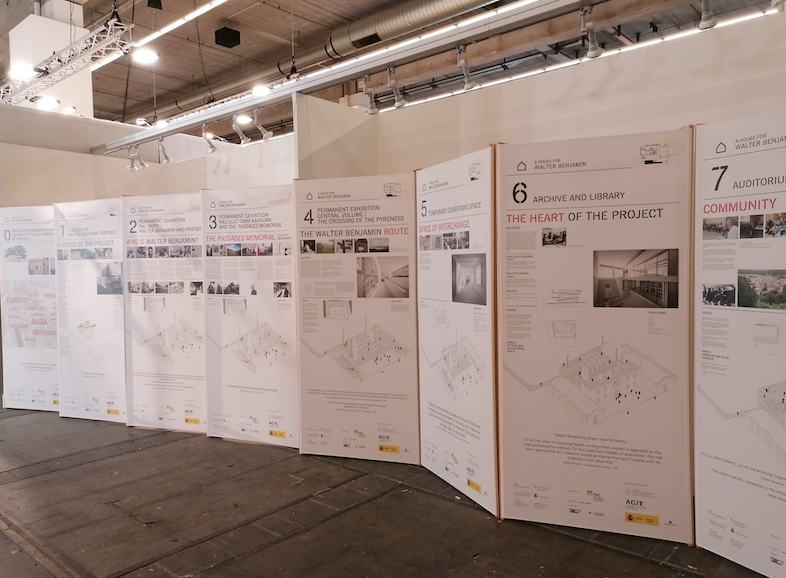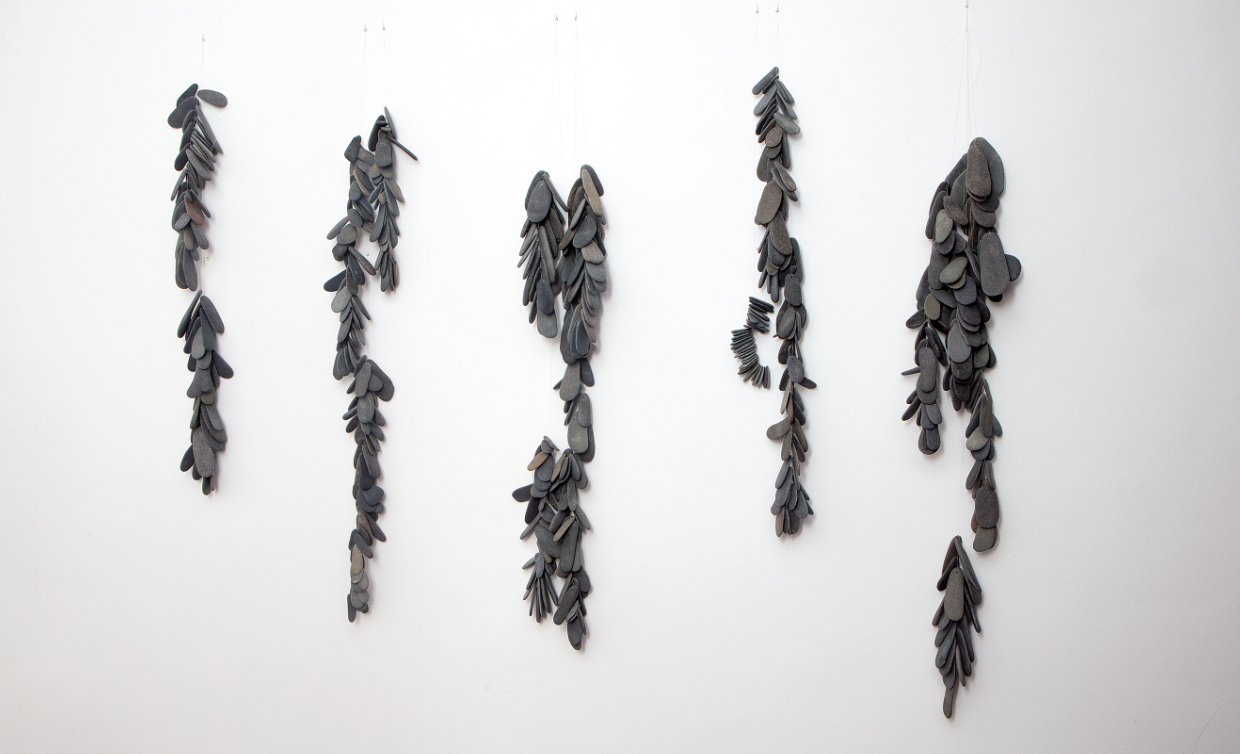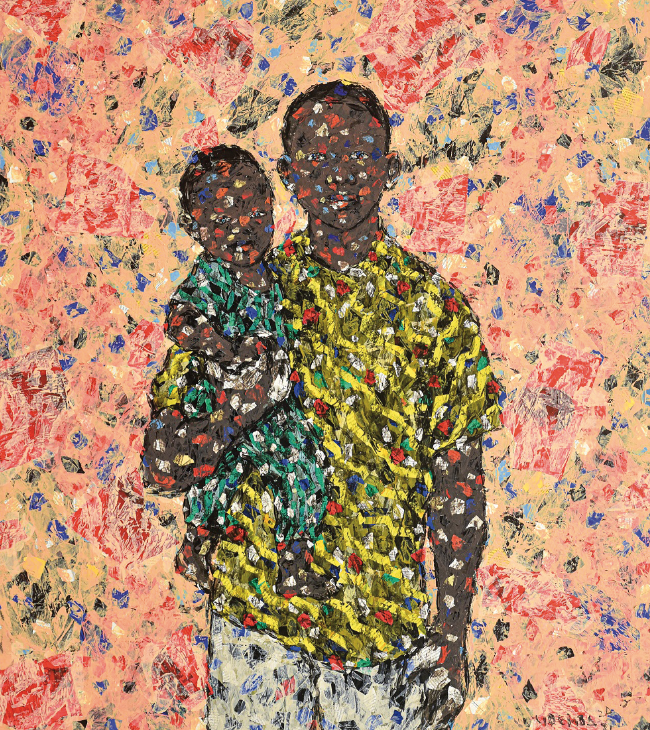Opinion
Arcadi Pla and Masmiquel
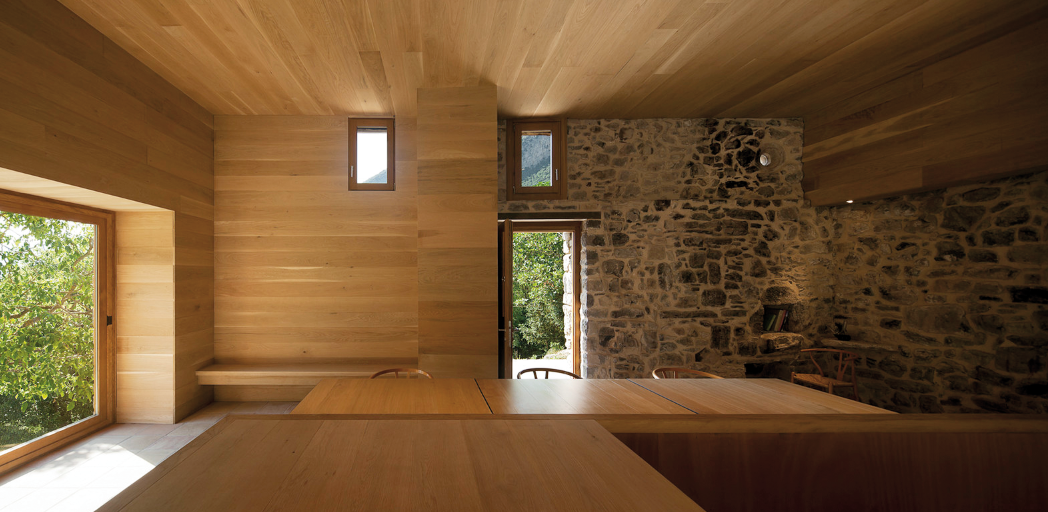
I have met the architect Arcadi Pla in meetings between professors at the university level, and I have always been amazed by his pedagogical ability, never disparaging the work of the student and, at the same time, trying to open his eyes to new possibilities of the project as a comprehensive work of architecture.
I asked him for a special participation for the international magazine ARQUITECTÒNICS – today in its 33rd volume – for volume 9, published in 2003, with the theme Architecture in Catalonia. Reflections on a crisis (Iniciativa Digital Politècnica. Edicions UPC. Barcelona).
His long answer, of twenty pages, cannot be summarized in a short article, but it is important to outline his views. He begins by saying that in his presentation at the twentieth anniversary of the Congress of Catalan Culture in 1977, still within a society greatly affected by the dictatorship, he already defined what architecture is for him, which is never the 'expression of an architect's individual culture, but the first-order cultural reflection that describes each period of collective history.
Next, his writing reviews 150 years of Catalan architecture to finally highlight the importance of public works between 1977 and 1997, and ends by saying that in 2003, economic positions and a growing pragmatism lead to an obvious crisis of Catalonia's cultural and political identity.
In the socio-cultural field we are in the world of the image above all, and of the ostentation of seeming more than of being, of cynicism as a progressive value, and serious reflection on architecture has been abandoned, which is the art of building, for the benefit of the form for the sake of the form. And so the article continues with a serious critique of the cultural and political decadence of Catalonia and Spain. Towards the end he says that our most relevant architects and artists (Coderch, Miralles, Dalí, Miró, etc.) have become universal from being very much from this small country.
Arcadi Pla is therefore a multifaceted architect who has been able to work simultaneously in the world of construction, teaching and administration of architecture.
In 1995 he was awarded the National Cultural Heritage Award for the restoration of the Montserrat monastery. In 1999, an officially protected housing building in the Sant Ponç district of Girona earned him the FAD Award. In all his extensive work until today, the quality of his work combines business ability with a cultural requirement that has led him to teach in different schools of architecture in Catalonia, a very exceptional fact that demonstrates his prestige and his ability to work with different social and cultural groups, very much in line with his ideas presented here.
I remember a fundamental piece of advice he often gave to student authors of final degree projects: “In small towns, do not do anything outside the hierarchy of the scale of the existing buildings in the town, because it is wise to adapt to that hierarchy to take advantage of the place, without showing off with oversized dimensions.” How many urban disasters would have been avoided if these tips had been followed?
An architect, then, who says that he is from a small country that must be built with care, that must be "cultivated" intelligently with the measure and size that is needed at each moment, never building out of the socially necessary proportion.





